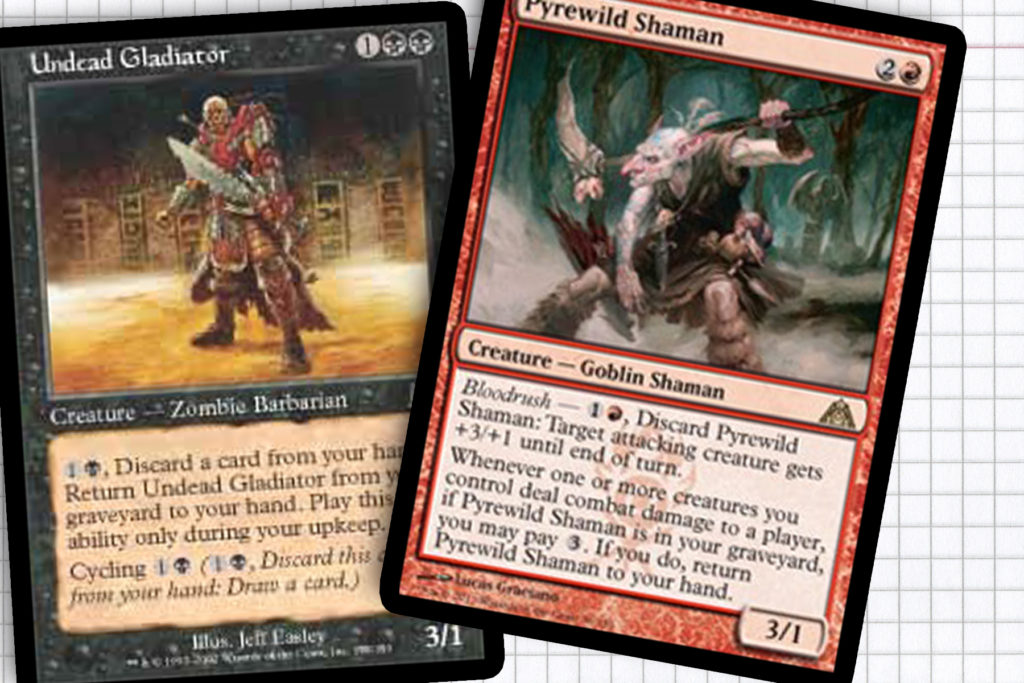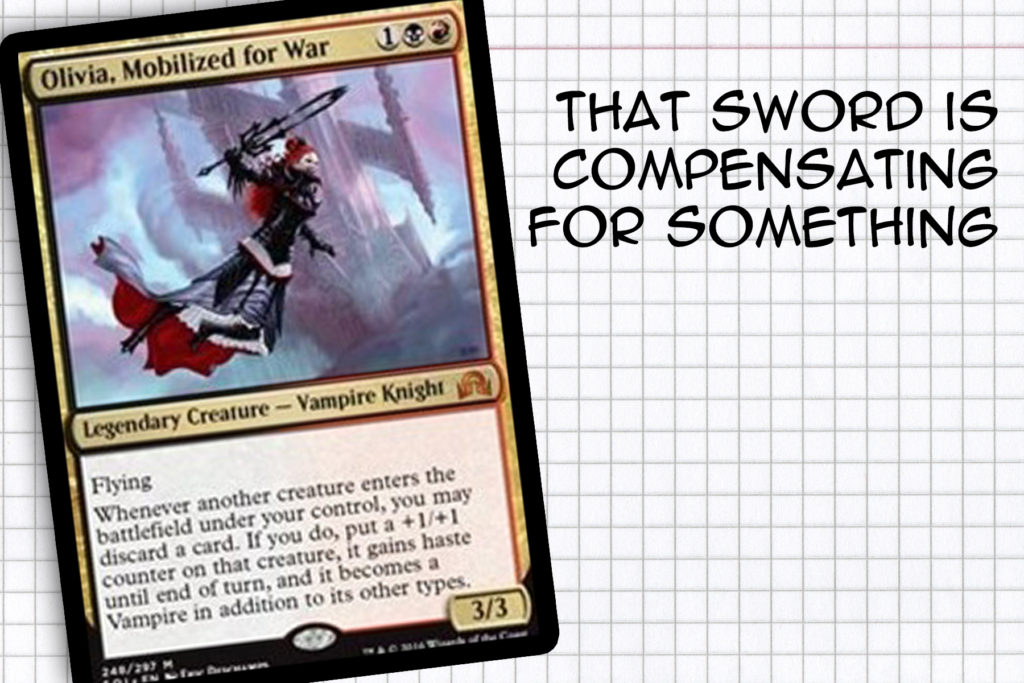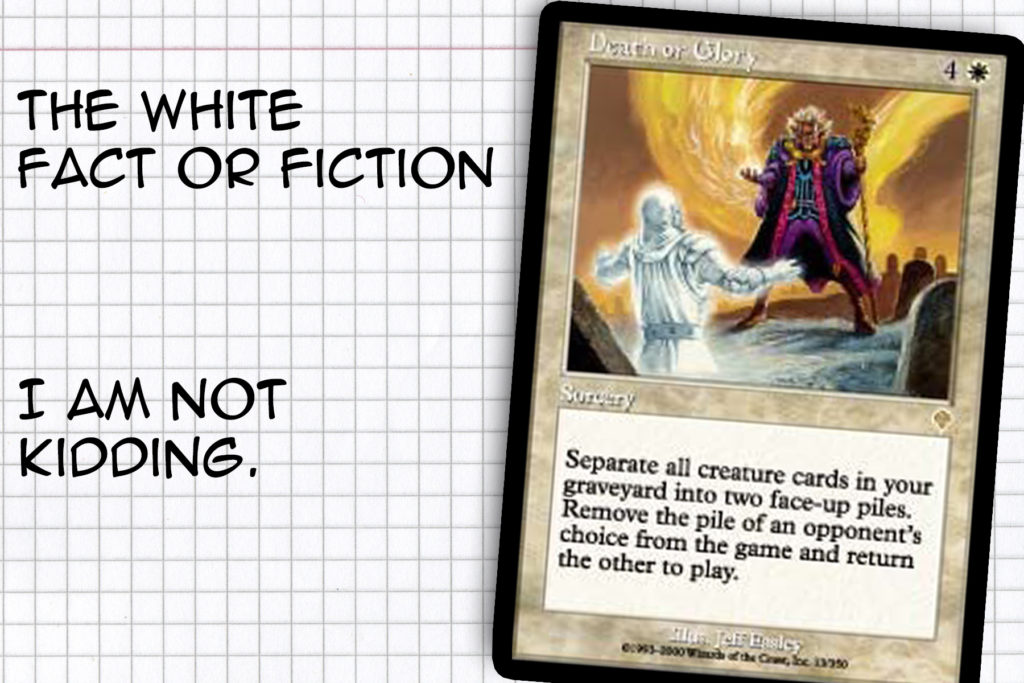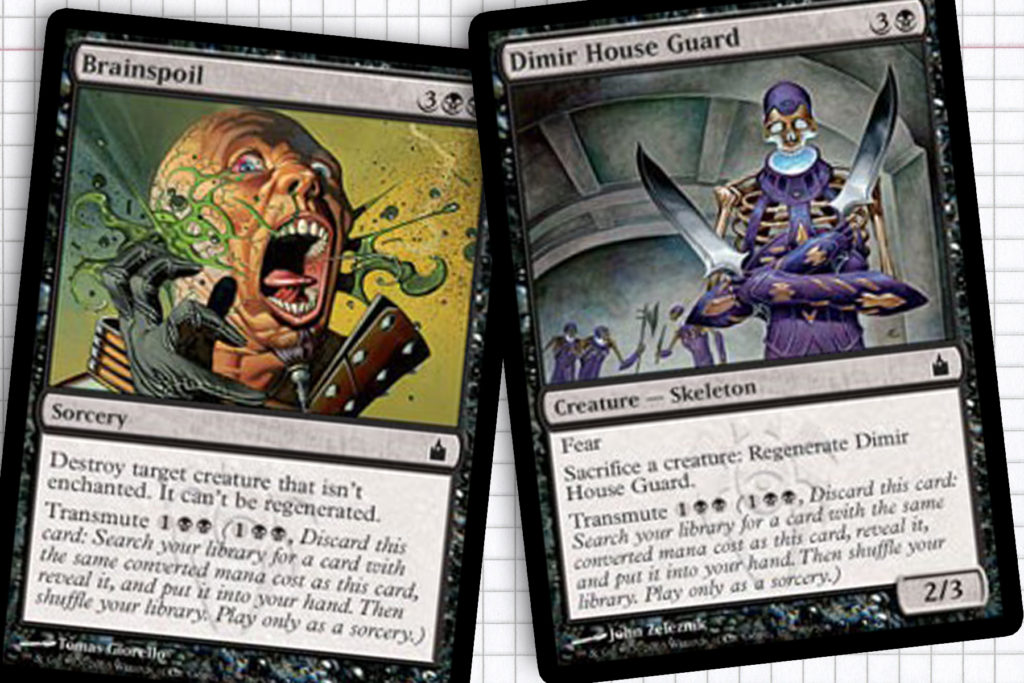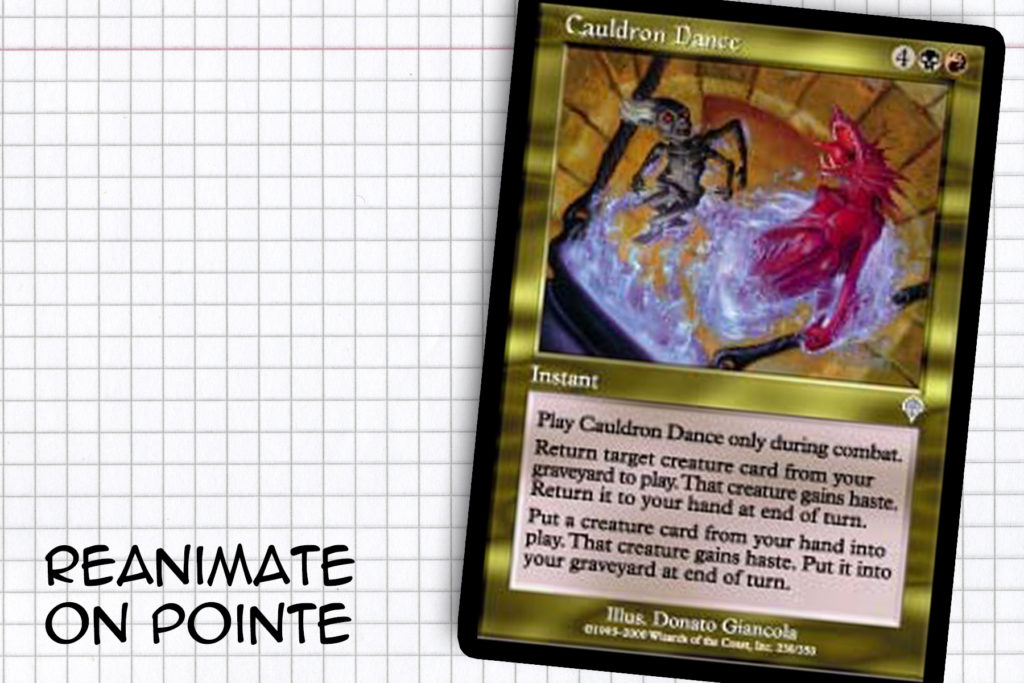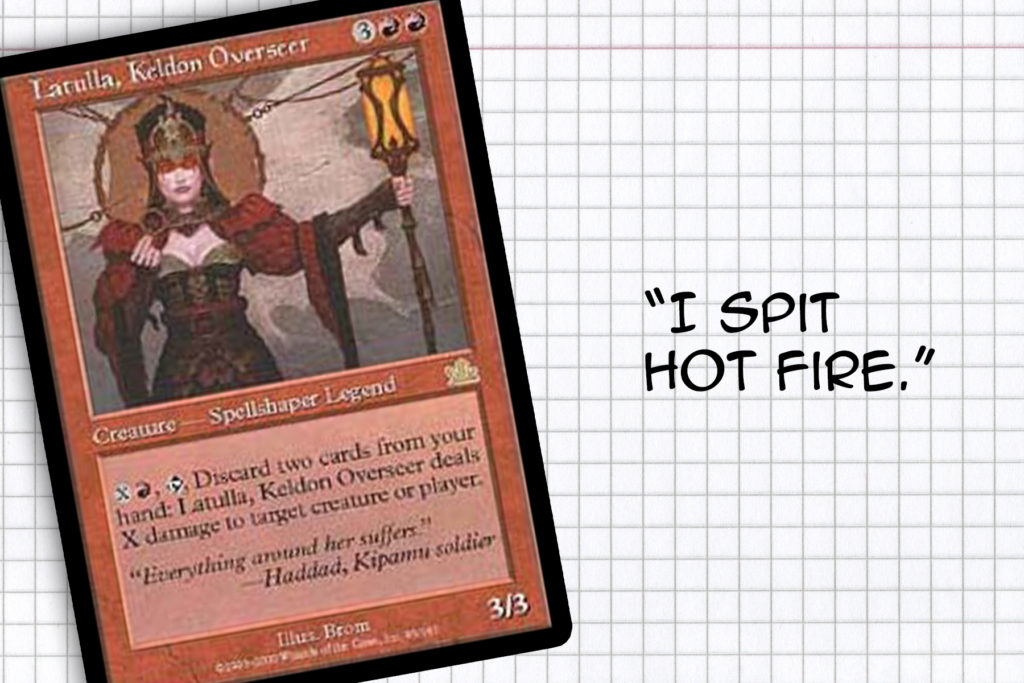Hello all! Welcome to Shattered Perceptions, a weekly series where I look for the overlooked gems through the lens of a general of the week. This week I am looking at Kaalia of the Vast, because why not just try to reinvent the second-most-played Mardu general in a different light? Taking something this popular and trying to find a strategy that hasn’t been mass produced isn’t going to be easy, but where is the fun in doing something you know will work? Before I explain the origins of how I landed on this week’s general, I will still be keeping the spirit of this series and look for gems off the beaten path with which I try to be build a workable skeleton for a possible strategy, this week particularly reanimator.
And in the name of tradition: for this article, Iona, Shield of Emeria is not “secret tech.”
Kaalia of the Vast
Kaalia of the Vast—from my perspective—was the breakout hit from Magic the Gathering: Commander aka the first Commander release in 2011. I think time has shown that a lot of cards out of the set were great additions to the format, but she has had the most staying power from what I can tell. My one gripe might be that community “solved” the generals pretty quick, Kaalia in particular. I feel the raw power of Kaalia is immense. Unfortunately the path for the deck has made for a pretty agreed upon stock list, uprooted somewhat by Khans of Tarkir explicitly infusing more Mardu cards into Magic in general.
But as I said, today we’re not here to exclusively build around Dragons, Demons and Angels, though I will not deter you from adding them in as your go-to fatties. No, today we’re here to answer and unofficial request from Twitter user CMDTower:
Thoughts on a Kaalia #CMDR reanimator deck?#EDH #MTG pic.twitter.com/OTr1IcnyJh
— CMDTower (@CMDTower) June 1, 2017
I thought this was interesting challenge and one that could break away from the typical strategy of Alesha, Who Smiles at Death by bring the pain with giant fatties—admittedly Dragons, Demons and Angels. This is often one of my go-to deck building strategies: pick an archetype from a more competitive format and try to reimagine it in Commander. So besides the fatties of choice—I’ll leave that up to the person in the driver’s seat—I’m looking to model the direction of the deck towards Modern’s Living End by finding a good mix of cards to either get creatures into the graveyard or to pull them back out and reliable ways to keep the deck in motion. Let’s get it!
Cycling & Bloodrush
The first spark of inspiration I had initially was going back to an idea I had had was to look at the Living End decks that are so popular among Modern players; leveraging cycling as a way to both to fill the graveyard with creatures and dig for the combo. This seemed especially relevant with the return of cycling in Amonkhet. Unfortunately, we will have to live without New Perspectives, but I don’t think it would be wise to run all 23 non-Gempalm or Slivercycling creatures with cycling anyway. The upside I see in running cards with both cycling and a second utility ability—like Undead Gladiator, which help to filter cards into your graveyard—is that we don’t want to worry as much about card draw or even mana fixing, as there are a dozen cards already in use once we include the landcycling cards.
Additionally, as I was formulating this list it became very apparent just how much creatures could also act as combat tricks, Pyrewild Shaman being the best for this context I believe. The shaman acts a lot like Squee, Goblin Nabob without constantly leaving your graveyard. A weird place to end up in, I know. But I am open to considering all of the red bloodrush creatures out of Gatecrash for the same purpose.
Olivia, Mobilized for War
In all honesty, I stole a lot of the influences for this deck initially from a Olivia, Mobilized for War deck I had built last summer around leveraging keywords like flashback, madness, unearth and bloodrush to best build around Olivia’s ability. I think she would be a good addition here as well within the other 99. Not only will we be able to give the creatures we are reanimating a boost and haste, but we are also filling our graveyard with more to Exhume back out later.
The biggest issue I had with the deck during its life cycle was that I often found myself with an empty hand very quickly, after playing very much like Rakdos in Return to Ravnica limited. This worked well with the inclusion of some Hellbent spells, but in this case my hope would be that the addition of White reanimation will allow us to be less reliant on small burst of creatures (see Unearth) and play with some bigger toys like the Eldrazi or Blazing Archon.
Death or Glory
Since we’re aiming to act a lot like a Living End deck, I figure we’re going to want to pack our deck with a healthy amount of spells that do their best Living End and Living Death impressions. Luckily, unlike the Olivia deck I just alluded to, we have access to a whole suite of cards fitting into the color identity of white. While Death or Glory may not be a one-two punch as both a Day of Judgment effect and mass reanimation, I like the high risk high reward of reanimating the swath of cyclers, bloodrush and transmute dudes (we’re getting there) we’d be looking to pull back. In mass they are decently sized fattie on their own, even if we only see 60% of them. Along with Emeria Angel, Marshal’s Anthem, and Debtor’s Knell, the healthy recursion should keep us in the game and allow us to bounce back to enemy fire.
Brainspoil & Dimir House Guard
Transmute, which depending on who you talk to was either made constructed play too repetitive or was largely forgettable, is a great boon for this deck and really the point when I thought the deck really had legs. Upon closer inspection, a healthy amount of our suite of cards we are looking to use to reanimate cost either four or five mana. Dimir House Guard can find us Ashen Powder, Body Snatcher, Breath of Life, False Defeat, or Makeshift Mannequin. And Brainspoil can search out Living Death itself, along with Defy Death, Fearsome Awakening, and Torrent of Souls.
Overall, I think this is an inoffensive use of tutoring, because while one of these spells has a mass removal spell built in, the rest are simply allowing us to play the game. The general sense I get from people I’ve played with in the past is that transmute isn’t as useful as regular tutoring, because it’s so tunnel-visioned. While I would be hard pressed to deny that, I believe the modular qualities of these two cards, along with the ability to skirt around an Iona, Shield of Emeria naming one of our colors by getting a differently colored spell is almost invaluable later in the game.
This will ultimately mean that our deck might be consistent, but I don’t believe we’re getting too repetitive. Unless you also play Entomb, which let’s be real, is also not “secret tech.”
Cauldron Dance
Sometimes I look at a card and just wonder, “could this work here?” Cauldron Dance is one of those situations. In terms of wonky cards, I think only Séance might be a weirder pick for the deck.
To me, the ability to swap two creatures from hand to graveyard and vice versa while also getting any enter the battlefield effects could possibly be invaluable over the course of the typical game of Commander. Because the creatures will be doing the hustle in and out of the game exclusively during combat, I would be very much in favor of reanimating Avacyn, Angel of Hope to protect my creatures, while dropping Anger or Filth into play until being sacrificed at the end of the turn.
I wouldn’t sleep on the instant speed power to set up for a powerful graveyard game state going into your turn or just two surprise blockers during an alpha strike.
Latulla, Keldon Overseer
Concluding our list, spellshapers are the last ditch effort for getting creatures into the graveyard from my perspective. Their ability to emulate a known spell from Magic’s history through the mechanism of discarding one or two other cards feels perfect for what we are looking to achieve. To the strategies detriment, I don’t know that there are a healthy supply of useful creatures in our colors to focus on outside of Latulla, Keldon Overseer as a finisher, Mageta the Lion as mass creature removal, and Devout Witness as a form of repeatable artifact and enchantment removal. That said, maybe just having these three will be all we need, as the rest of the deck will be so focused on getting fatties into the graveyard that we won’t have a lot of spots left in our deck.
In conclusion, I think a deck built around Kaalia is just going to be the best Dragons and Demons and Angels you can find in her three colors, but I really loved the idea of taking that idea and turning it ever so slightly to try to be something different. I think building towards an archetype or known deck from another format through the lens of Commander is always an interesting deck building challenge, if not a subset of a theme deck in all honesty. One day I will even crack Titan Shift.
As always, I turn the attention back to anyone who wishes to be vocal and give their own two cents. What generals would you like to see get the Shattered Perspective treatment? What kind of cards would you have plugged into this deck? You can find me on Twitter via @RyanSainio or yelling at Hipsters directly through the e-mail system at the bottom of the page. Let me know if you’ve built a deck even slightly in the shape of what I have outlined.
Until next time, good luck and thank you!
Ryan Sainio is a Graphic Designer who writes about EDH, the story of Magic and the EDH community in his down time. He has been playing Magic: The Gathering since 7th Edition in 2002 and values flavorful and fun gameplay over competitively optimized decks.


